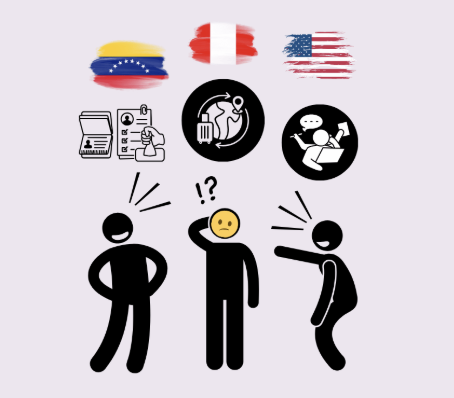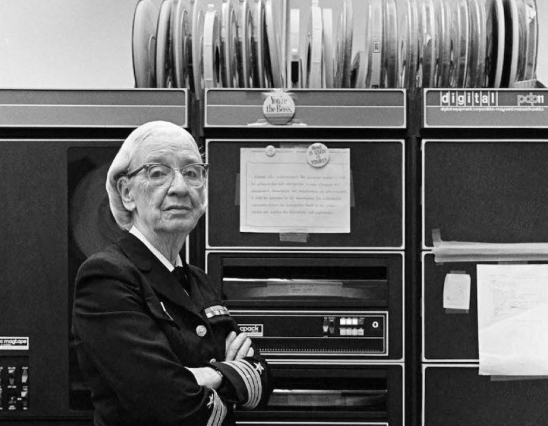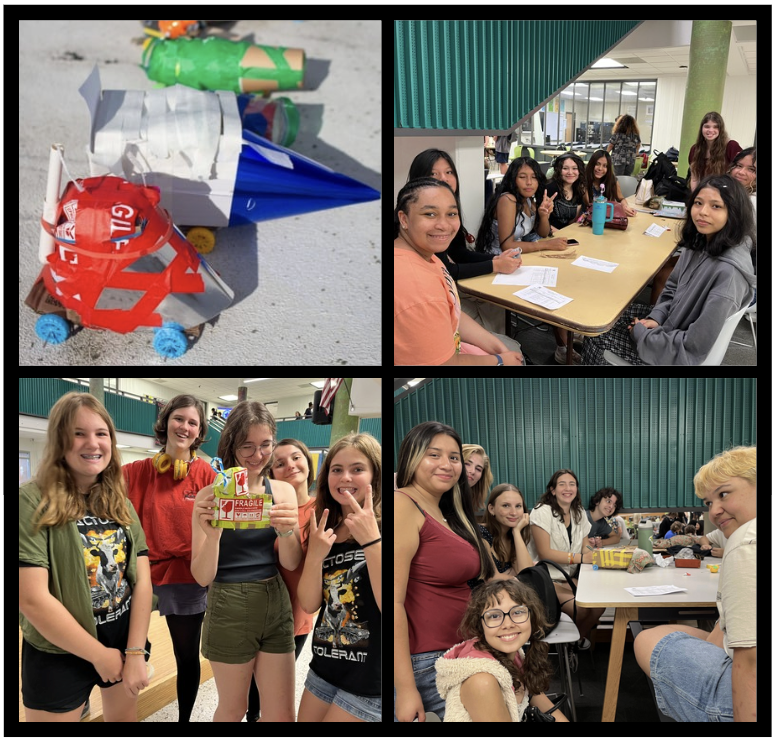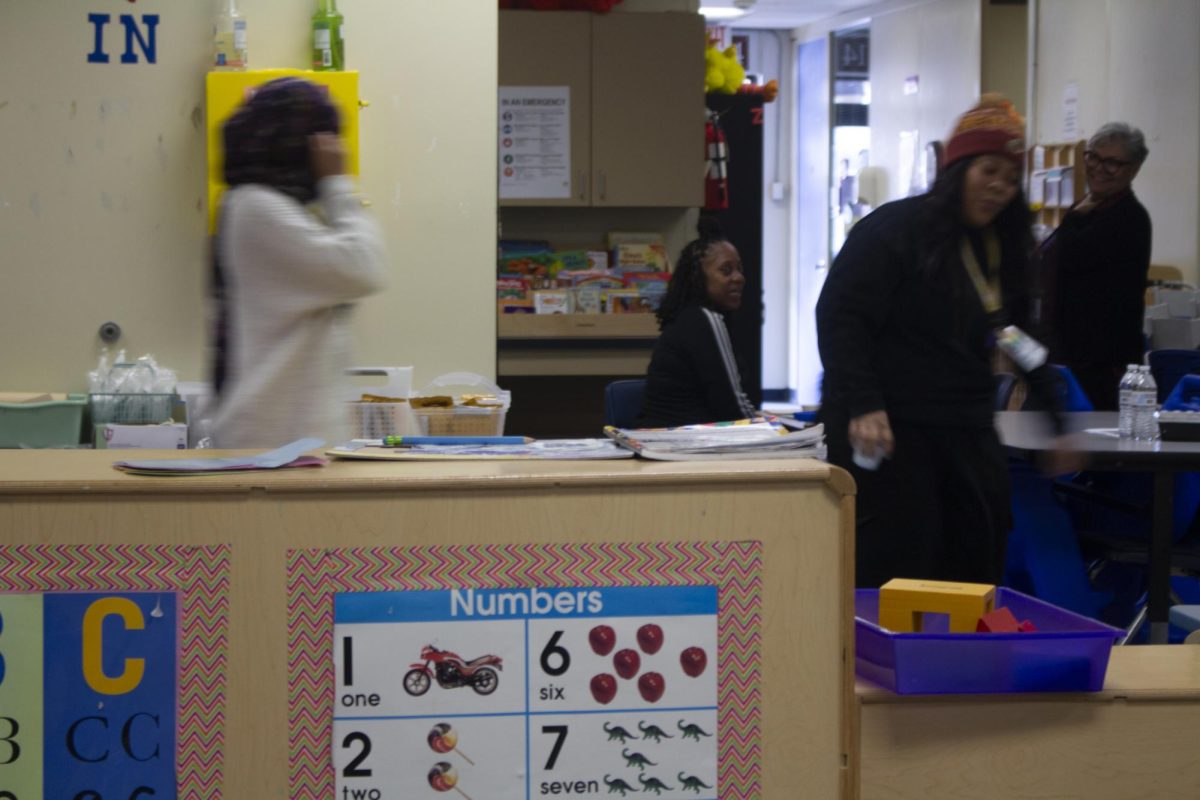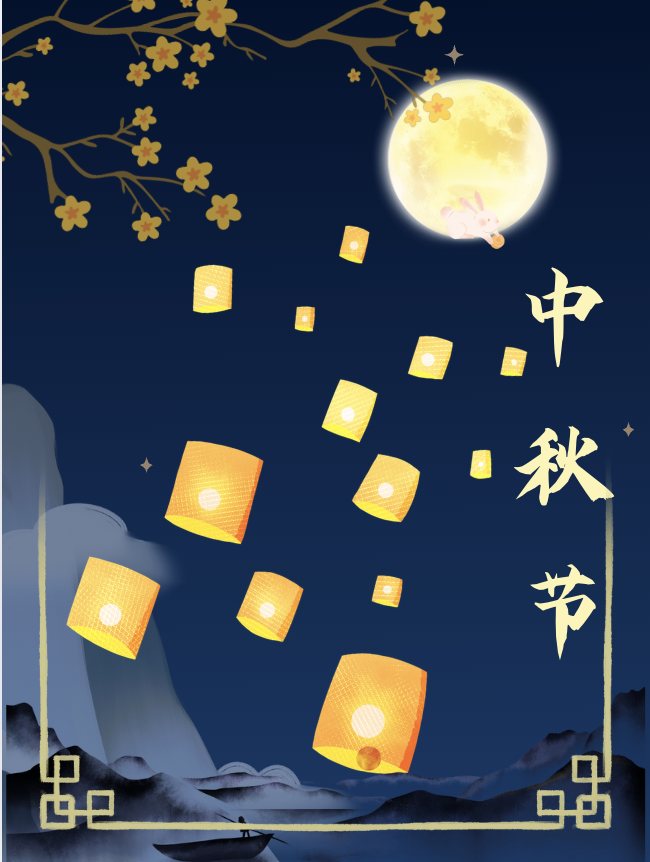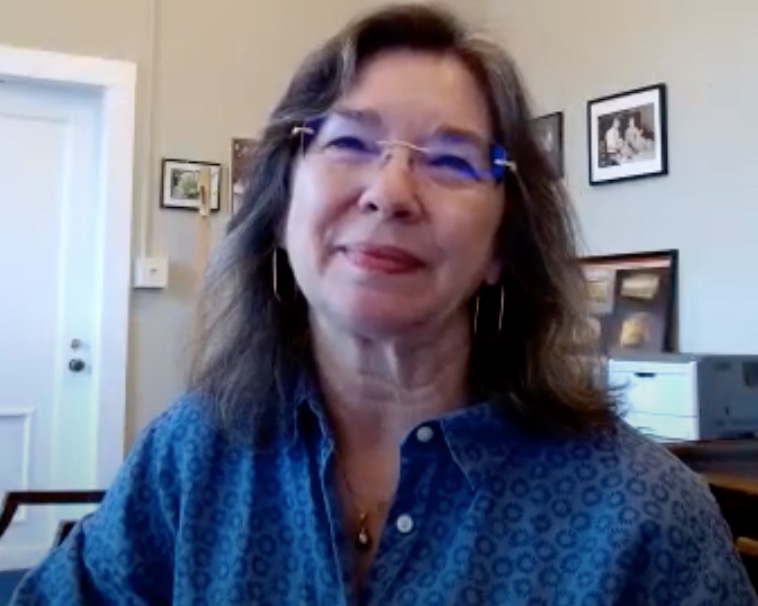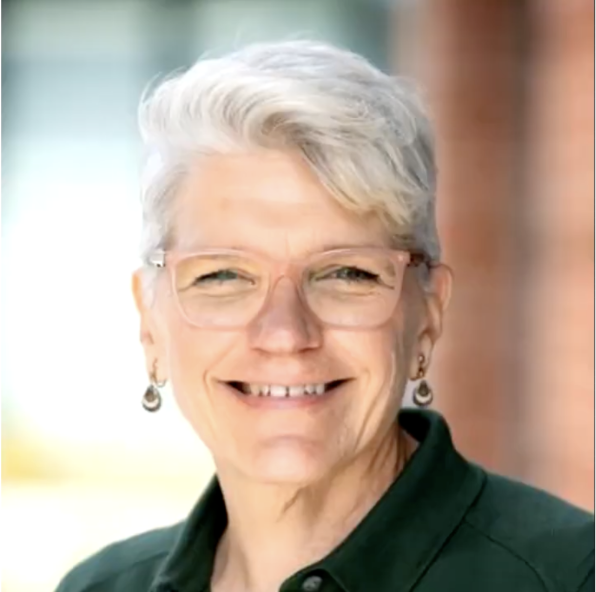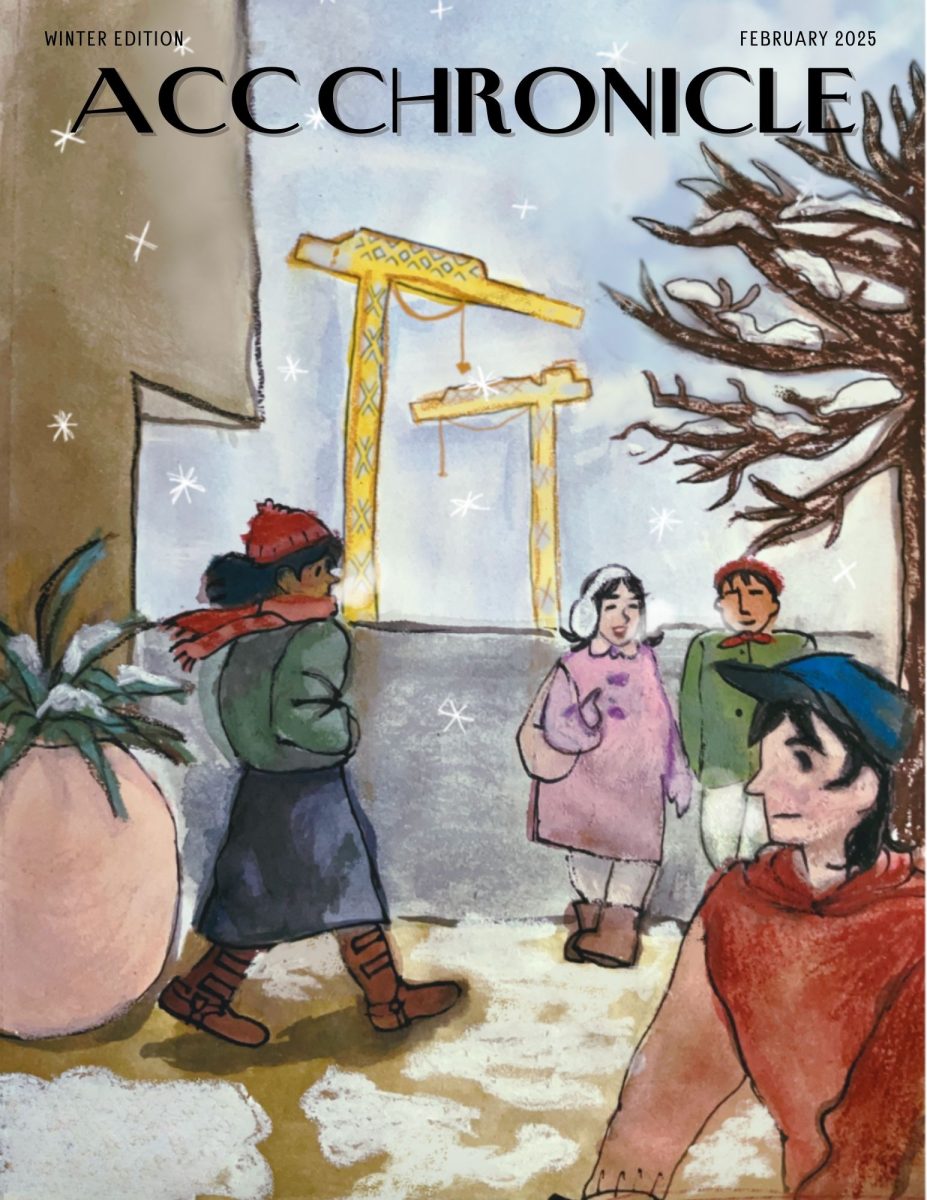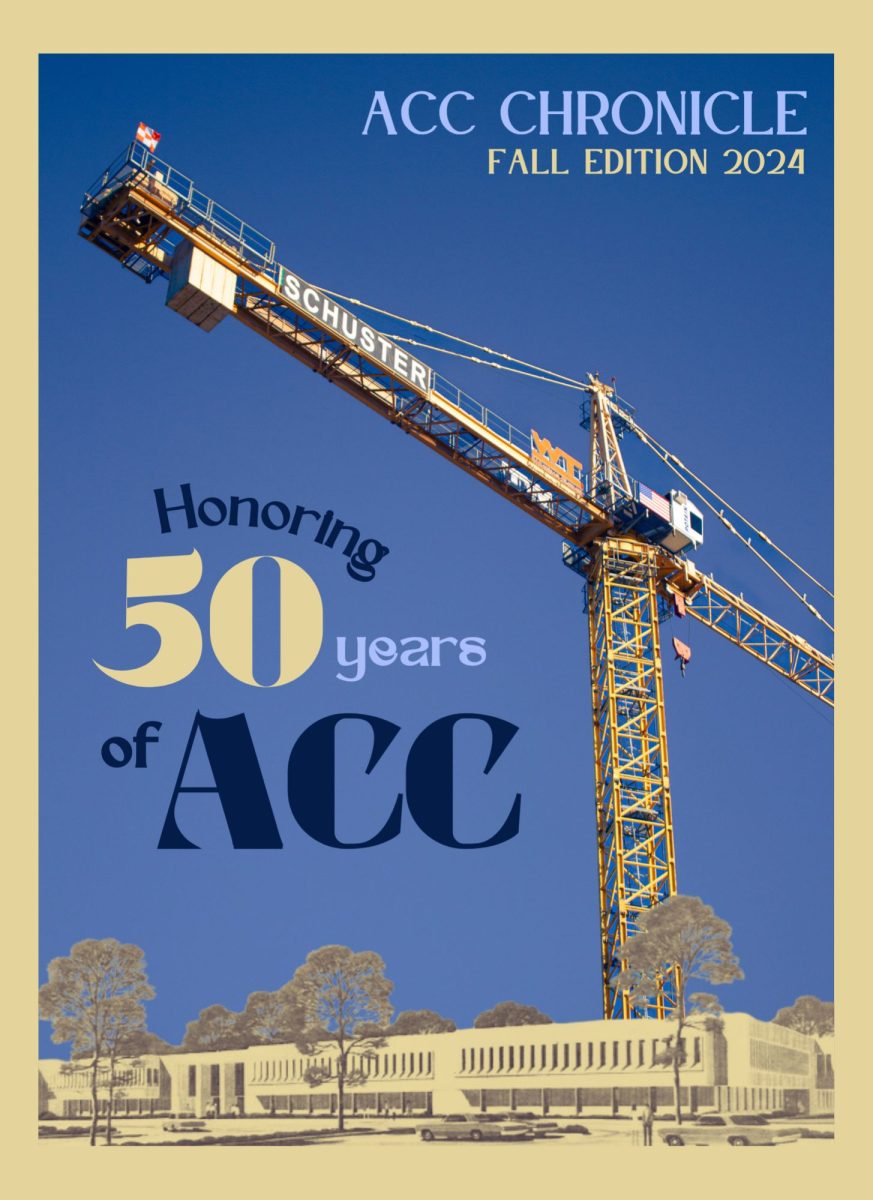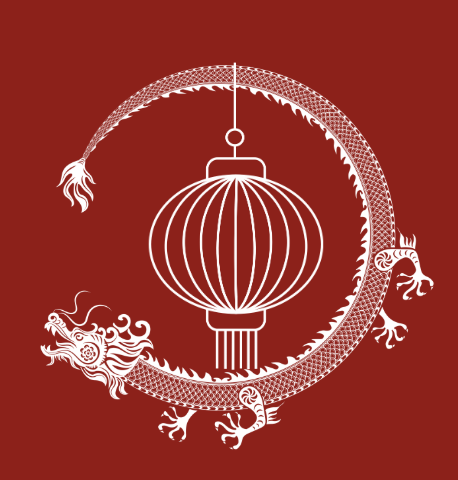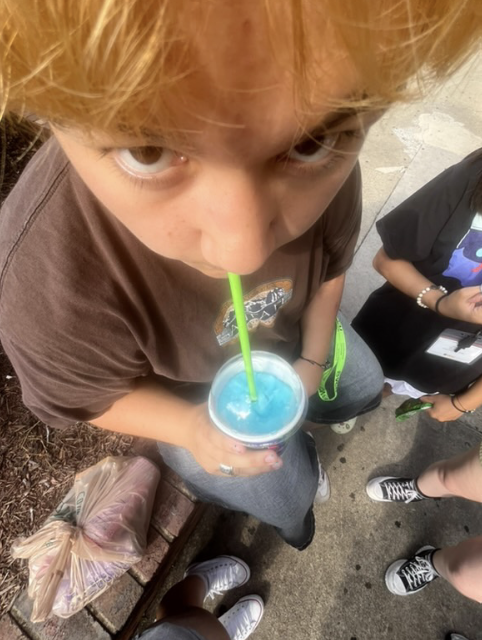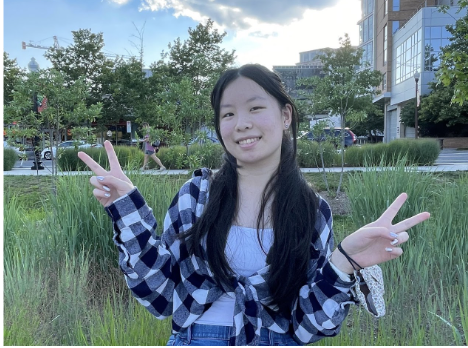New Year’s is a time of celebration, which for some people means parties, alcohol, and fireworks. For me, it usually means texting my friends and staying up late with my family. No matter how you choose to spend it, it’s generally recognized as an important day all over the world. However, January 1st isn’t the only New Year celebration that holds immense global significance. Let’s talk about Lunar New Year.
A bit of clarification before we dig any further: “Lunar New Year” is a bit of a misleading term, as by strict definition it denotes any celebration about the beginning of a lunar (moon-based) or lunisolar (moon-and-sun-based) calendar.[1] For the purposes of this article, I am referring to the festivals celebrated primarily in East Asian countries. Even then, it is still a generalization: terminology, traditions, cultural significance, and even the dates on which it takes place differ greatly across ethnic and regional groups.
As APS aims to embrace diversity, equity, and inclusion throughout our schools and communities, Lunar New Year should be added to the Holiday Calendar. It would be following an upward trend of recognition in the United States, as California, Colorado, New York, and New Jersey have each declared it an official state holiday.[2] Just a year ago, it was finally recognized as a floating holiday by the United Nations, joining the ranks of Yom Kippur, Vesak Day, Diwali, Gurpurab, Orthodox Christmas, Orthodox Good Friday, and Nowruz.[3] Two of these are currently featured on the APS Holiday Calendar: Yom Kippur and Diwali.
This is not to say Lunar New Year is unrecognized by APS—currently it is listed as a Cultural Observance Day, which essentially allows students to take the day off in observance of the holiday and be allowed to make up any quizzes or exams without penalty.[4] However, this not only places the burden of arrangement on the student and their family, but also the responsibility to account for instruction time and activities that the student may miss.According to demographic data for the 24-25 school year, there are 2,527 APS students and 301 staff members who are Asian—that’s just under three thousand affected individuals.[5][6] Changing Lunar New Year from a Cultural Observance Day to an officially recognized holiday gives all APS students and staff the opportunity to celebrate without having to worry about what they might be missing. It’s a small but meaningful movement towards our goal of equity and inclusion, allowing families to celebrate their heritage and culture and keep their traditions alive. And as for those who don’t celebrate, well. Who’s going to complain about an extra day off?

